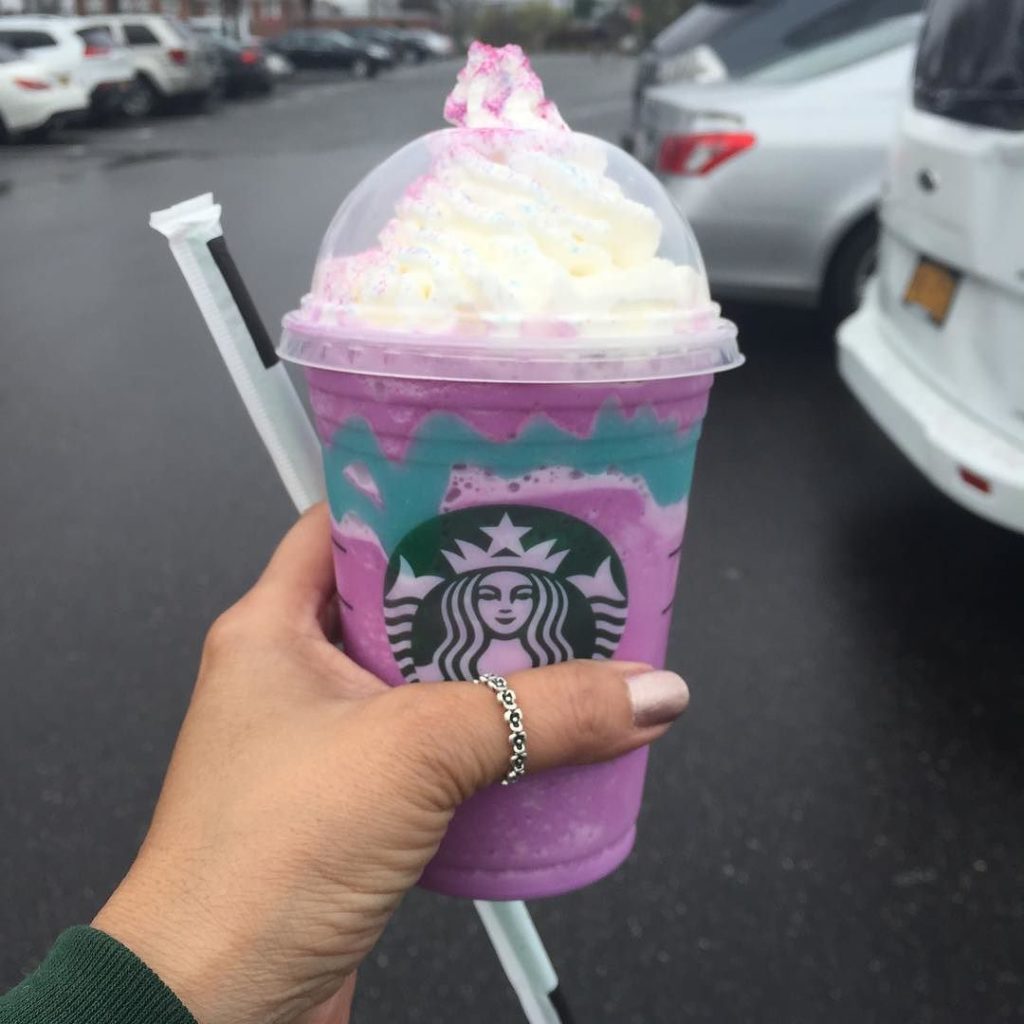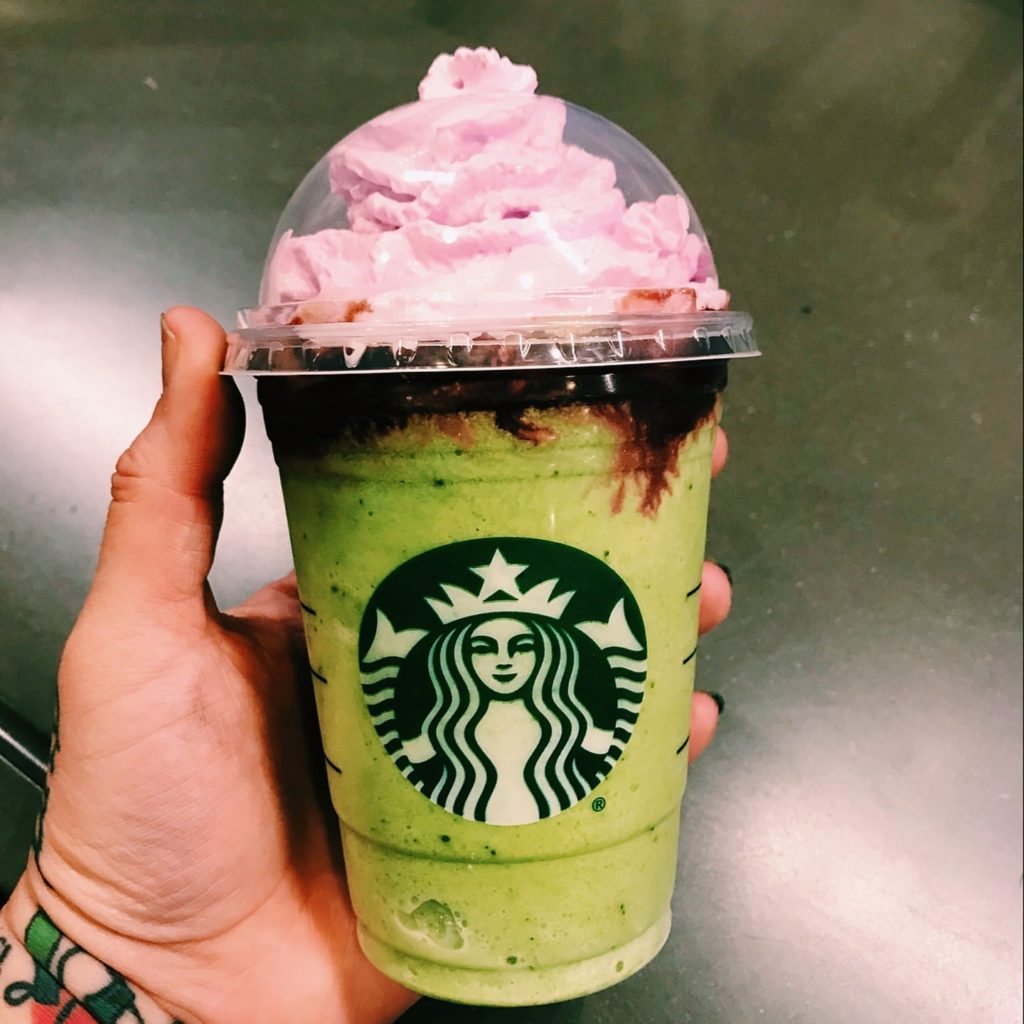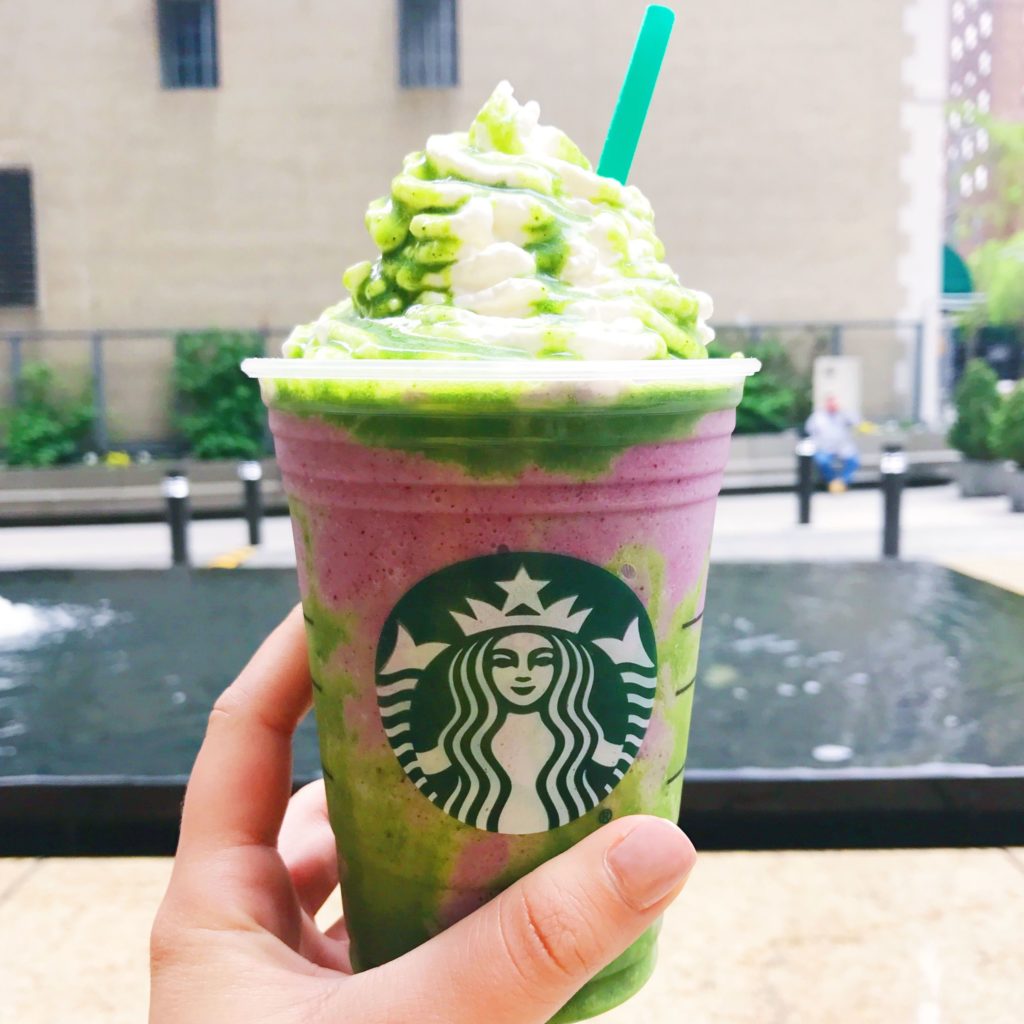When was the first time you experienced coffee? Not actually drank it but experienced it. Maybe that means going to a Tim Horton’s with your parents as a child, or smelling the coffee brewing in the morning at your grandparent’s house.
Now, think back to your first cup of coffee where you actually tasted it. Chances are you probably didn’t actually enjoy it but probably shared the experience–like with a friend or a family member, maybe even a co-worker–that made the experience enjoyable, creating a positive memory and new found love for coffee. As one of the world’s most popular and widely consumed drink, we at adHOME wanted to take a closer look at coffee, how it’s made, and how coffee connects us globally.
Coffee was first discovered in Ethiopia and while the exact time is unclear it ranges somewhere between the 9th and 11th century, or 801 to 1001 BC. According to urban legend, the energizing effects of coffee were first discovered by Kaldi, when a lonely goat herder notices his goats becoming excited and hyper after eating certain cherries.
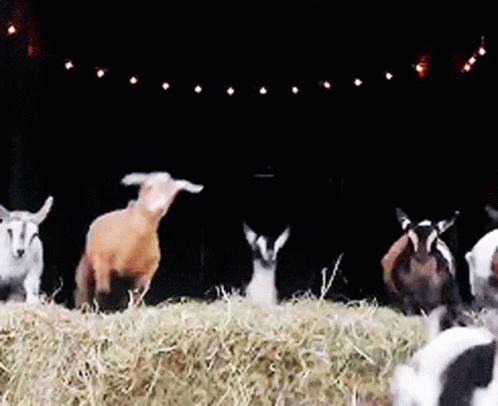
Kaldi then decided to make a drink from these cherries by burning them in a fire, grinding down the remains and mixing this with water, and from here coffee was born. Today, all of the coffee in the world is grown within 1,000 miles of the equator, known affectionately as “the coffee belt”. Overall, coffee is the second-largest traded commodity right behind crude oil. In total, the coffee industry itself employs over 25 million people, with farmers and producers taking up the largest proportion.
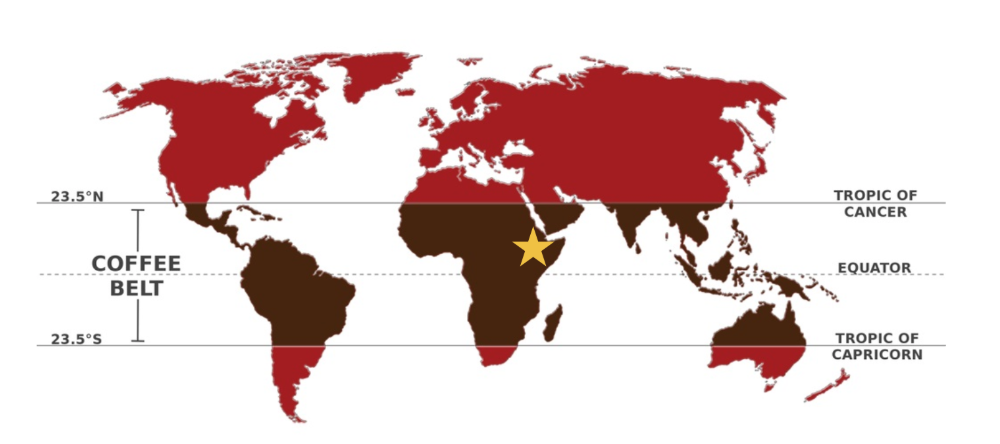 Of all the coffee that is produced — 70% is arabica, 27% is robusta and 3% other. One of these kinds should sound familiar to you as Tim Hortons, Starbucks, and McDonalds all promote their use of arabica coffee beans. That is because robusta is considered to be a lower quality coffee, characterized by a “neutral to harsh” taste. On the other hand, Arabica beans are considerably harder to cultivate.
Of all the coffee that is produced — 70% is arabica, 27% is robusta and 3% other. One of these kinds should sound familiar to you as Tim Hortons, Starbucks, and McDonalds all promote their use of arabica coffee beans. That is because robusta is considered to be a lower quality coffee, characterized by a “neutral to harsh” taste. On the other hand, Arabica beans are considerably harder to cultivate.
Speaking of cultivation, how exactly does coffee go from a “cherry”, to a bean, to the delicious drink we all know and love? It is not a simple process.
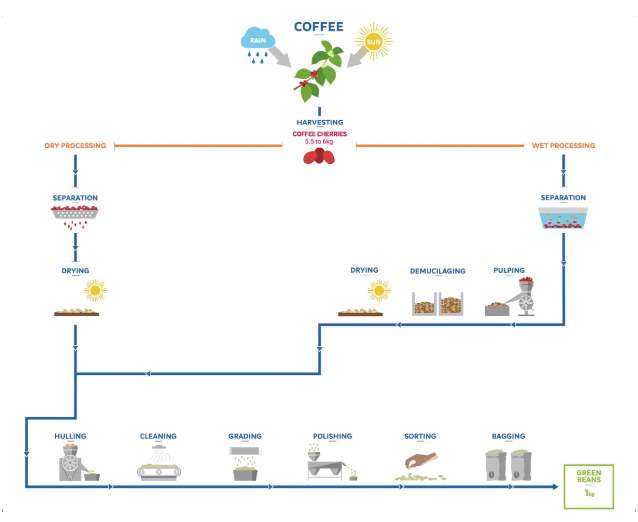
There are two widely used methods for processing coffee; wet (washed) or dry (natural). The difference between these two methods are at the core very simple. To explain, the washed method is just as it sounds, producers wash the cherries with water until the pulp comes off and all that is remaining is the bean (the pitt) on the inside.
On the other hand, with the dry method, producers leave the cherries in the sun and let the natural process breakdown and ferment the cherry until just the bean (the pitt) is left. With this method, the coffee is not left with an as pure taste. The fermenting process can give the bean a sweet, sometimes almost creamy flavour making it perfect for those who prefer a less harsh cup or beginners.
There are a number of other ways the taste of the coffee can be affected by its production and process. Allow biochemistry major and barista at Beltway Coffee in Abilene, Chandler Graf explain the integration of science in the art of brewing coffee in more detail. Including speaking on the difference in dark and light brews and the effects of altitudes on the taste of the final product.
Now, if all of this work and science goes behind the taste and the flavour, why do coffee advertisements focus the majority of the time on experience rather than taste? According to a study done at Yale university, a shared experience builds on the thought that some things are better together. Things are brighter with someone else, and when you can relate about a shared experience, your memory of that experience is brighter (Boothby, Clark, Bargh, 2014).
So how does this relate to coffee? Let’s take a look at a couple of advertisements from a couple of world-renowned coffee giants
Folgers
1996
2019
From its original roll-out in 1996 to now, the message that “The best part of waking up is Folgers in your cup” is still a highly recognized slogan due to its relatability (regardless of the outrageous situation) and excellent execution.
McDonald’s (McCafe)
Saturday Mornings (AUS)
“What is a flat white?” (USA)
Once again, these commercials are very relatable to the audience. Who hasn’t felt a little intimidated at a fancy coffee shop? Or on the other hand, even if you are not a parent you can relate to the craziness of a busy morning. Even though these commercials were shown outside of Canada, we can still relate to them, because these are experiences of everyday people of a global scale.
Outside of commercials, brands have found creative ways to invoke this feeling of shared experience by leveraging the connective power of social media. Starbucks for example received a lot of attention for their outlandish limited edition frappuccinos.
- Unicorn Frappe
- Zombie Frappe
- Mermaid Frappe
Starting with the unicorn frappe, as pictured above, they found incredible success in asking their customers to purchase and share a picture with an accompanying hashtag of their colourful treats. Today, #unicornfrappuccino has 154,000 images on instagram alone! They tried to recreate the success of the unicorn frappe with the zombie and mermaid frappe, however never managed to recreate the same buzz.
Speaking of Starbucks, the brand itself had found its success in promoting a sophisticated, “Starbuck experience”. The company’s popularity isn’t about coffee, although they arguably have some of the best on the market, as it is more about the shared experiences people have all around the world when they go to a Starbucks. Focused on creating positive experiences and connecting deeper with the customer, they emphasize the importance of the sights, smells, and design elements that define the brand.
With over 2.25 billion cups of coffee drank every day, “coffee culture” is strong world-wide. Coffee means different things to different people based on their overall experience with the hot beverage. Whether you love or hate it chances are you have had some sort of memory associated with it. Undoubtedly, coffee is the bean that binds us.
